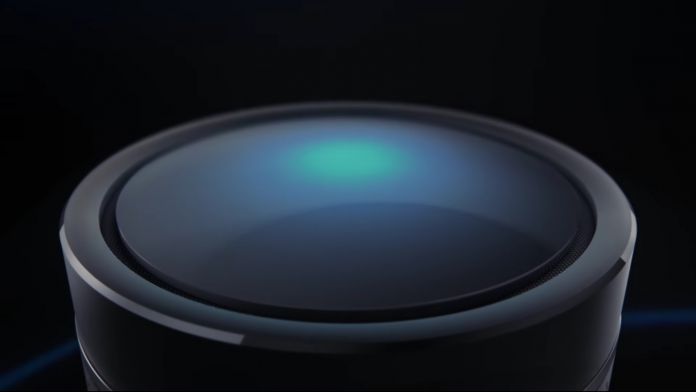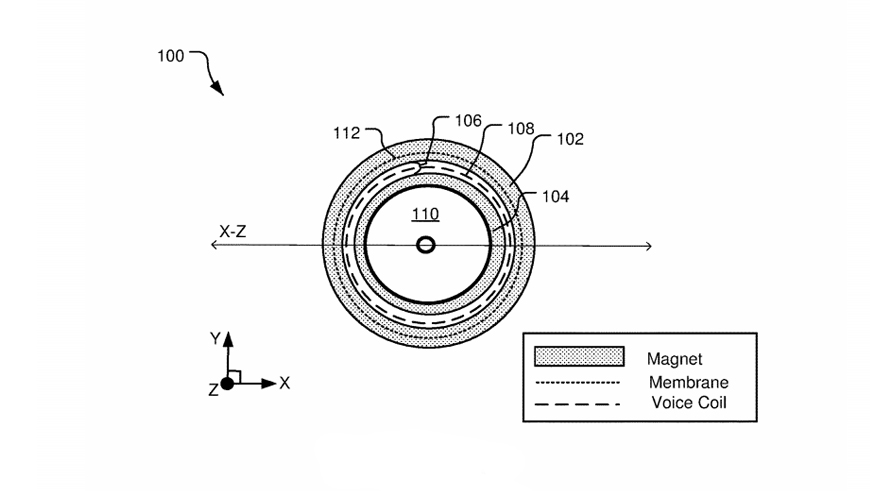It explains that traditional, large speakers have a flexible corrugated support called a spider. This holds the voice coil in place in a “basket housing”. Some variants of speakers attach the spider to the membrane with a basket or magnet on the other side, which stabilizes it. Voice coils in speakers generate the magnetic field that causes vibrations that are then amplified by the membrane, which pumps sound waves into the air. Microsoft’s proposal differs in its use of a multi-magnet structure: “Implementations disclosed herein provide a high-efficiency speaker with a multi-magnet structure including at least an inner magnet and outer magnet,” the patent reads. “A voice coil is suspended from a membrane into a gap between the inner magnet and the outer magnet, and a spider is attached to the membrane and suspended at least partially by the inner magnet. The spider stabilizes the membrane throughout a range of motion occurring responsive to forces generated by the voice coil and the multi-magnet structure.”
What would all this mean for consumers? Well, the patent suggests efficient speakers that don’t have the same shortcomings of current mini-speakers. They’d be able to produce a high volume, high-quality sound with less power draw, as they wouldn’t need as much amplification. It sounds like a natural direction for Microsoft to expand in after the release of its Surface Headphones and impending earbuds. This isn’t the first time the company has published a speaker patent, though. In September a filing described an Echo dot-like portable speaker. None of these ideas are guaranteed to make it to market, as further testing can reveal reliability, cost, or other issues.





